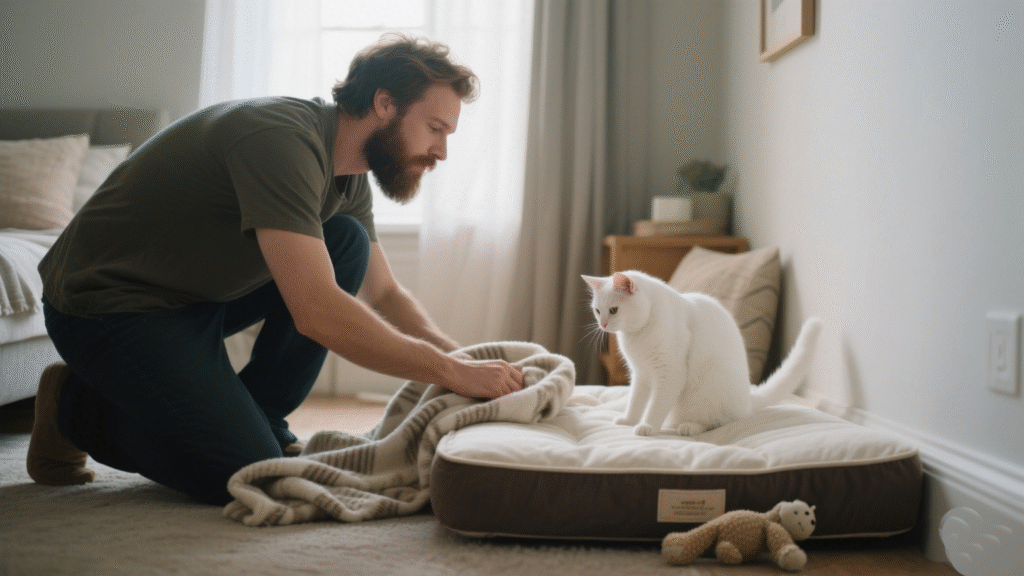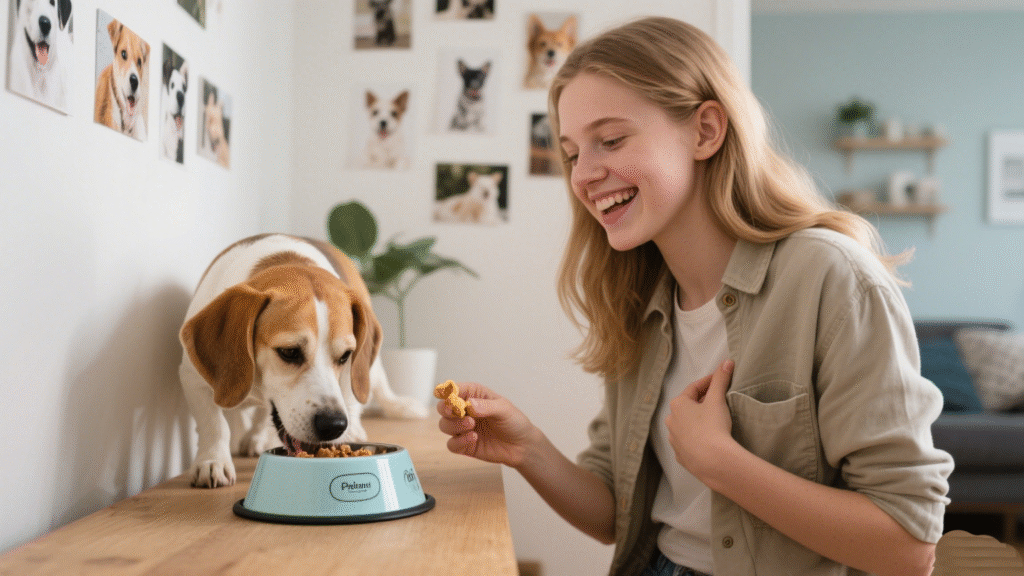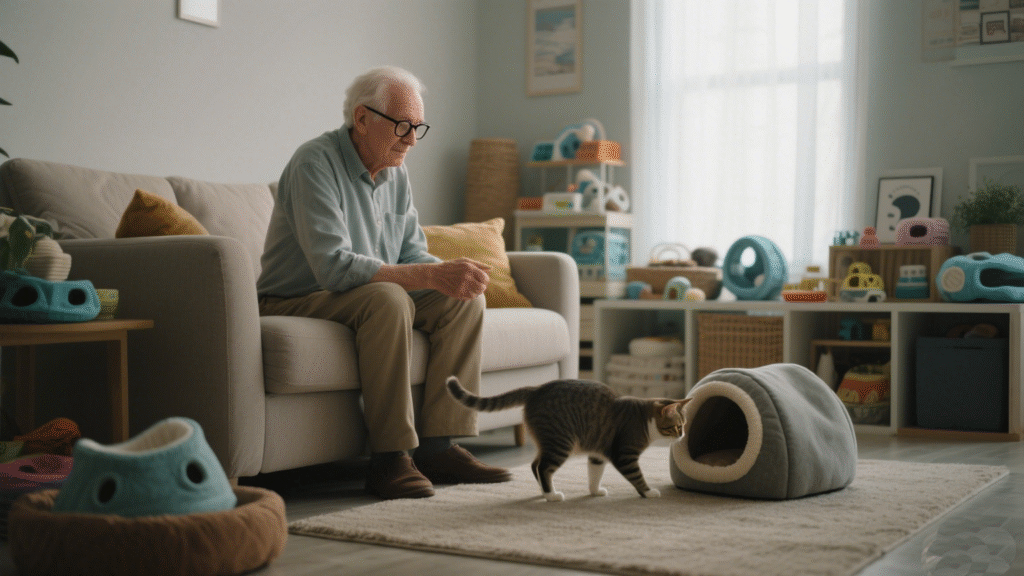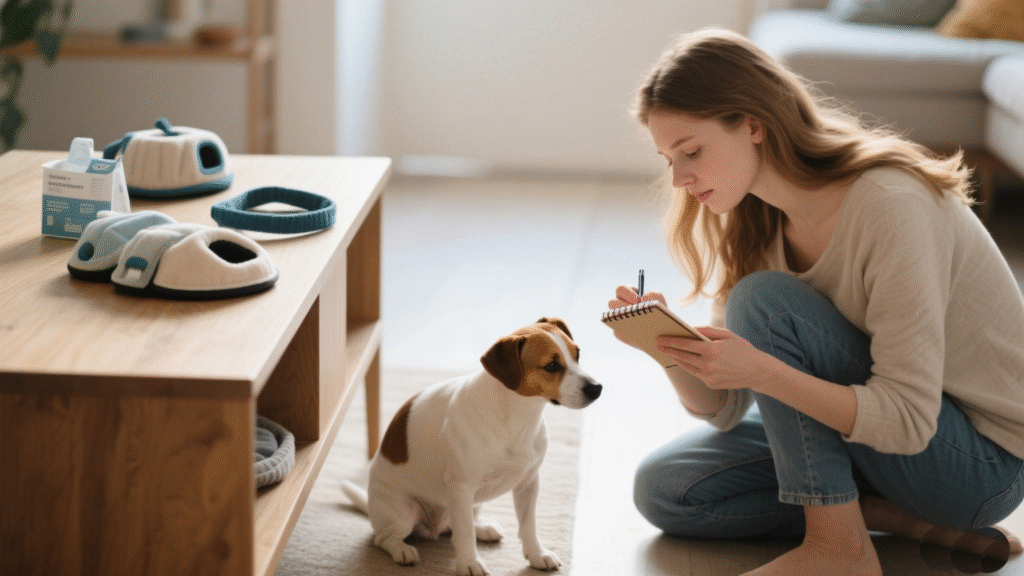For pet owners, switching their pets to new supplies, such as food, cat litter, toys, or beds, can sometimes feel like a little adventure. Pets may resist new supplies due to unfamiliarity, which can be a headache for many owners. But don’t worry! With the right approach, you can help your pet adapt to new supplies without a hitch. Here are some practical tips to make the process much easier.
Plan Ahead and Proceed Gradually
Suddenly replacing all old supplies with new ones is like throwing a person into a completely unfamiliar environment; it’s bound to make your pet feel uneasy. So, plan ahead and adopt a gradual approach.

Take changing your pet’s food as an example. Don’t swap out the old food for the new one all at once. Start by adding a small amount of the new food to the old food and observe your pet’s reaction over the next 24 – 48 hours. If your pet doesn’t show any signs of indigestion, vomiting, or diarrhea, gradually increase the proportion of the new food until it completely replaces the old one. This process may take one to two weeks, depending on your pet’s adaptability.
The same principle applies when changing cat litter. First, lay a layer of new cat litter in the new litter box and then cover it with a layer of old cat litter. The familiar smell will encourage your cat to use the new litter box. Over time, slowly reduce the amount of old cat litter and increase the amount of new cat litter until your cat fully adapts to the new one.
Retain Familiar Scents
Pets are highly sensitive to smells, and familiar scents provide them with a sense of security and comfort. You can leverage this when introducing new supplies to help your pet adapt.

For instance, when you’re getting your pet a new bed, place an old blanket or its favorite toy that carries its familiar scent on the new bed. These items with familiar smells act as a “safety signal,” making your pet feel that the new bed isn’t so strange and thus more willing to rest on it.
If you’re changing your pet’s toys, put the new toys together with the old ones for a while. Let your pet get familiar with the smell and feel of the new toys during playtime, making it easier for it to accept them.
Offer Positive Rewards
Positive reinforcement plays a crucial role in helping pets adapt to new supplies. When your pet shows acceptance or curiosity towards new supplies, reward and praise it promptly.

When your dog tries the new food bowl for the first time and eats heartily, immediately give it a small treat as a reward and say “Good boy/girl” in a gentle and cheerful tone. This positive feedback will let your dog know that using the new food bowl is something to be encouraged, and it will be more willing to continue using it.
The same goes for cats. When your cat is willing to rest in the new cat bed, gently stroke it and shower it with affection and praise. Let your cat associate the new cat bed with pleasant experiences, and it will use the new bed more frequently.
Be Patient and Understanding
Each pet has its own unique personality and adaptation pace. Some pets may adapt to new supplies quickly, while others may take longer. As an owner, you must be patient and not get angry or force your pet just because it doesn’t accept the new supplies right away.

If your pet shows resistance to new supplies, don’t drag it to the new supplies or force it to use them. This will only make your pet more scared and resistant. Instead, give your pet enough time and space to explore and get familiar with the new supplies at its own pace. You can observe quietly from the side and offer positive guidance and rewards when your pet takes the initiative to approach the new supplies.
Monitor Your Pet’s Reactions
It’s essential to closely monitor your pet’s reactions throughout the transition process. Pay attention to whether your pet exhibits any abnormal behaviors or physical discomfort after using the new supplies.

For example, after changing the food, observe if your pet’s appetite and bowel movements are normal; after changing the cat litter, check if your cat frequently enters and exits the litter box, has difficulty urinating, or shows abnormal urine color; after changing the bed, notice if your pet has trouble sleeping or frequently scratches the bed. If you notice any abnormalities in your pet, stop using the new supplies immediately and consult a veterinarian for advice.
Helping your pet transition smoothly to new supplies requires your care and patience. By planning ahead, retaining familiar scents, offering positive rewards, being patient and understanding, and monitoring your pet’s reactions, you can help your pet adapt to new supplies with ease and make it still feel warm and loved in the new environment. I hope these tips will help you and your pet have a pleasant transition period!